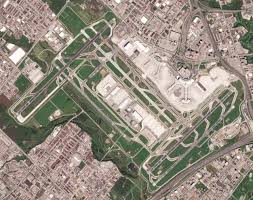
Introduction
Madagascar, the fourth-largest island in the world, is renowned for its extraordinary biodiversity and distinct cultural heritage. This island nation, located off the southeastern coast of Africa, is home to more than 200,000 species of plants and animals, many of which are found nowhere else on Earth. Recent events have drawn international attention to Madagascar, particularly related to its environmental challenges and the ongoing efforts to protect its unique ecosystems.
Current Events and Biodiversity
In recent years, Madagascar has faced significant environmental issues, including deforestation and biodiversity loss. According to a 2022 report by the World Wildlife Fund (WWF), approximately 90% of the original forests have been destroyed, primarily due to slash-and-burn agriculture and illegal logging. The effects of climate change have exacerbated these problems, leading to increased droughts and erratic rainfall patterns. Conservation efforts are now more critical than ever, prompting local communities and international organizations to collaborate on sustainable practices.
One notable initiative is the ecotourism campaign that aims to promote Madagascar’s unique wildlife while providing livelihoods for local people. Recent statistics show that ecotourism has experienced a resurgence, rebounding from pandemic-related disruptions and attracting visitors to its national parks, including Andasibe-Mantadia and Isalo. This increased interest not only helps local economies but also raises awareness of the need to protect Madagascar’s delicate ecosystems.
Cultural Heritage
Madagascar’s culture is as rich and varied as its biodiversity. The island is home to over 18 ethnic groups, each with distinct traditions, languages, and customs. The Malagasy people celebrate a range of festivals, the most famous being the “Famadihana” or turning of the bones ceremony, which underscores the significance of ancestry in Malagasy culture. Additionally, the country’s vibrant arts scene, including music and traditional dance, continues to evolve, gaining recognition on international stages.
Conclusion
The future of Madagascar hinges on balancing environmental protection with cultural preservation and economic development. As international support increases and local initiatives thrive, there is hope for the recovery of Madagascar’s natural beauty and cultural richness. For readers, understanding the challenges and opportunities facing this unique island nation can inspire support for conservation efforts and appreciation for its diverse heritage. Madagascar stands as a reminder of the delicate interplay between people and nature, and the role we all play in its preservation.






